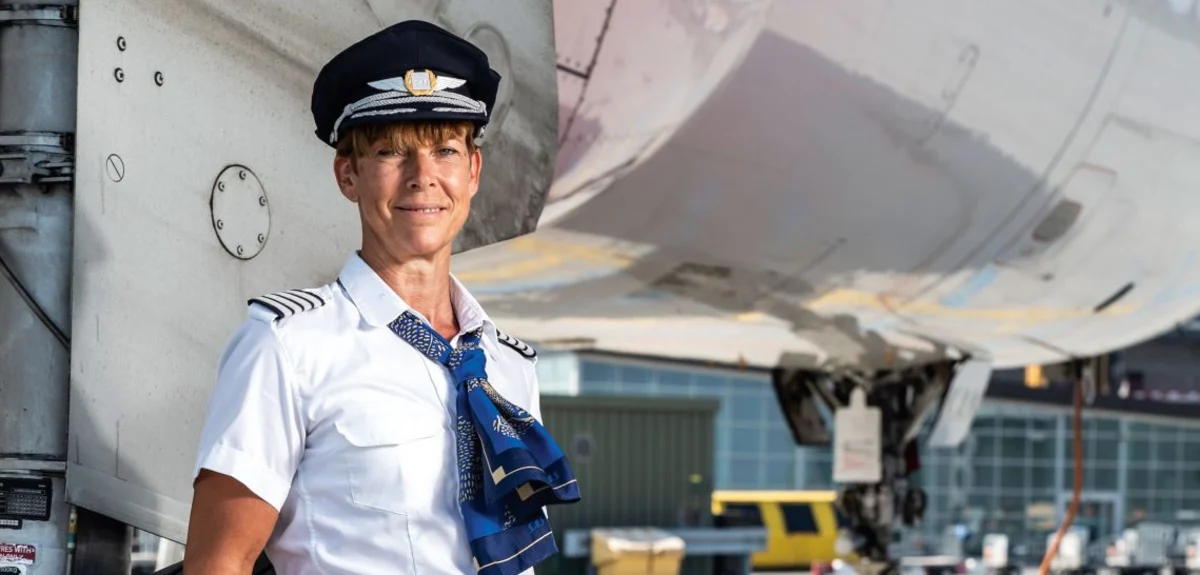
Ask the pilot: How does a Turboprop Aircraft work?
SAS pilots answer your questions.
“Turboprop aircraft are also able to reverse from the gate.”
I’ve always wondered how turboprop aircraft work. The propellers start rotating at high speed on the ground. But how come the plane stays on the ground when the propellers seem to be rotating at the same speed as during the flight?
/Niclas
Hi Niclas,
A turboprop engine is actually a jet engine driving a propeller through gears. When parked and during the starting process, most turboprop engines will start in what’s called the feathered position, that is, where the chord line of the blade is approximately parallel to the oncoming airflow.
When the aircraft is ready to taxi, the propeller blades turn 90°, which is called a fine pitch. At this point, the propeller starts to produce a little power, but as the rpm (revolutions per minute) of the engine is low, the aircraft will not accelerate. Depending on the aircraft model, the propeller turns at 800-1000rpm, where the turbine could be turning at more than 30,000rpm. Some aircraft actually have a brake on the propeller so that the engine can be started without the propeller even turning.
Turboprop aircraft are also able to reverse from the gate because you can move the propeller pitch to make it pump the air forward instead of backward. This is called power-back.
Once on the runway, the engines are set to full power and the pitch of the propeller increases as the speed builds up. This is all controlled automatically. At a height of around 300m, the engine is set at a lower rpm to reduce stress on the engine, the flaps are retracted and the aircraft starts climbing to the desired height. You could say that the propeller pitch works in a similar way as a gearbox on a car. When the speed of the aircraft increases, the propeller takes in bigger chunks of air, so the propeller rpm stays constant.
When the final destination is reached and the aircraft has landed, the propeller can be used as a kind of brake to slow down the plane. Travelers can often hear this as it makes a humming sound.
Pernilla Nilsson
Senior First Officer
Pernilla Nilsson
Title: Senior First Officer
Home base: Copenhagen
Flies: A319, A320, A321
Flight hours: 13,500
Favorite airport: Most of the Norwegian airports. They can be very challenging in harsh weather but a beautiful day it’s unbeatable. The landscape is fantastic with the mountains and fjords. You’ll never get tired of this view.